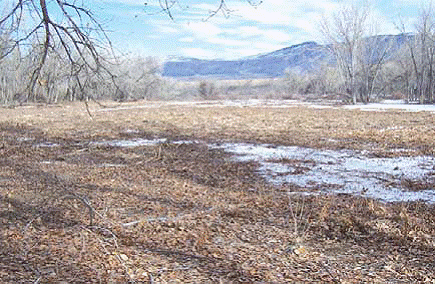
NPS Natural landforms are impacted by a variety of agricultural, mining, timber harvest and other cultural practices such as road development. Disturbed lands restoration is the process of returning those lands to their unimpaired natural condition. While the National Park Service has most often included large tracts of undisturbed ecosystems, there have still been roads, dams, canals, railroads, grazed areas, campgrounds, and mines that have not been in keeping with the mission to “conserve the scenery and the natural and historic objects and the wildlife therein… unimpaired for the enjoyment of future generations.” Unintended Consequences Restoration may be a very complex process as the natural processes that resulted in the natural landscape in the first place are many and inter-related. Often it is not reasonable or possible to restore an area to an unimpaired state, but intermediate actions can be taken that will allow natural processes to take over and head in the direction that will lead to restoration over time. Restoration At Bighorn Canyon The Resource Management team has been working on restoring these sites by filling them back in and encouraging natural vegetation. As much of the area does not have a lot of soil development and is desert and Juniper woodland, it will take many years for nature to complete the restoration. As of this writing, 203 of the 369 known and mapped sites have had the restoration work completed. Two Miles A Year – Roads To Roadless Some of the historic ranches involve lands that were used for agriculture and those will be evident for a long time. The orchard at the Ewing-Snell ranch has been restored. Of the almost 30 trees, only two are original. Human culture and development will always be evident at Bighorn Canyon but it will seem like part of the historic fabric and the recreational uses for which the area was set aside. |
Last updated: February 24, 2015
